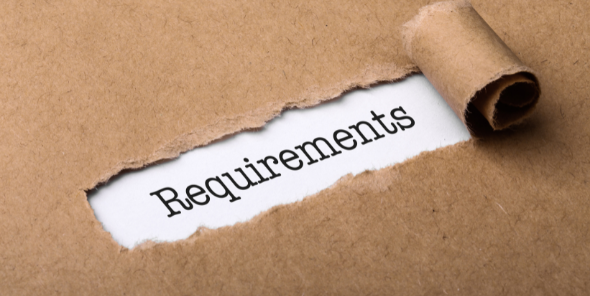Patentable requirements
To be granted a patent, an invention by the applicant must be novel, non-obvious, and such that it can be manufactured or used in industry. Besides these basic requirements, an invention must also not fall under the criteria of non-patentable subject matter as discussed in Sections 3, 4, and 5 of the Patents Act, 1970 (“Act“).
However, even after fulfilling these requirements, an additional requirement is to be fulfilled by the inventor/applicant, and that is ‘enablement.’
Enablement requirements
The requirement of enablement, in essence, is a stipulation that for being granted a patent, the inventor/applicant must describe the invention with enough particularity in a way that those skilled in the art will be able to make, use and understand the invention that the inventor made.
A related concept to the enablement requirement is that of the ‘best mode’ requirement. The idea here is that the inventor must disclose at the time of the application what is, in their opinion, the maker’s most preferred way of carrying out the invention when the patent application is filed. The best mode criterion ensures that if the inventor has developed any specific instrumentalities or techniques, they must be disclosed at the time of application as the best way of carrying out the invention. Though seemingly identical, the enablement and the best mode requirements are different.
The enablement requirement pertains to the objective knowledge of a person possessing ordinary skill in the art. At the same time, the best mode criterion is a subjective and factual inquiry pertinent to the state of the inventor’s mind.
EPC and USPTO requirements
Article 29(1) of the Trade-Related Aspects of Intellectual Property Rights (“TRIPS“) agreement states that the signatory countries of the TRIPS agreement must include a mandatory provision for patent applicants to provide disclosure such that a person skilled in the art will be able to put that invention to practice. Article 29(1) also states that the countries may also go for the inclusion of a legal provision for disclosing the best mode.
For instance, the European Patent Convention only demands the enablement requirement be fulfilled (Article 83). At the same time, both the United States of America (35 U.S.C. §112) and India (Section 10(4) of the Act) need the enablement requirement as well as the best mode requirement to be fulfilled before the grant of the patent.
Though the U.S. and India have similar criteria to be fulfilled, there is a difference in the execution of provisions in the U.S. the USPTO may raise an objection to grant a patent on the grounds that the best mode is not disclosed. Still, once the patent is granted in the U.S., the patent’s validity cannot be challenged based ground that the best mode is not disclosed in the patent specification.
Indian Patent Position
Contrary to this position, in India, Section 64(1)(h) of the Act stipulates that if a patent has been granted for an invention, then it can be revoked on the ground that the complete specification does not disclose the best method of performing the invention which was known to the applicant for the patent.
To avoid revocation of the patent as per this provision, the applicant must ensure that they disclose all relevant information in the complete specification while filing this application, for the Indian laws do not provide for the addition of data to the complete specification after it has been filed. In the patent application 00094/C.A.L./2002, filed by applicant Sanjiv Agarwal from Fairfest Media Private Limited, the applicant argued that the Controller of patents is not a person skilled in the art. Still, the Controller dismissed this contention, saying that the Act imposes a duty on the Controller to put himself in the shoes of a person skilled in the art while reviewing the application.
Examples of enablement requirements
In the case of Ram Narain Kher v. Ambassador Industries [A.I.R. 1976 Delhi 87], the defendants had argued that the invention had not been adequately described in the patent or sufficiently claimed to bring it within the ambit of the term “invention” under law. While refusing to grant an injunction, the Delhi High Court went ahead and acknowledged the defendants’ objections, saying that the defendants were competent to claim revocation of the patent in terms of Section 64(1) of the Act.
Also, in the case of Tata Global Beverages Limited v. Hindustan Unilever Limited [TRA/1/2007/PT/MUM], the Intellectual Property Appellate Board (“IPAB“) held that the sufficiency requirement is satisfied even when at least one way of working the invention is clearly described, enabling a skilled person to carry out the invention. The IPAB also ruled that Section 10(4) of the Act does not necessitate disclosing all conceivable ways of operating the invention but only mandates disclosure of the best method known to the applicant. In FDC v. Sanjeev Khandelwal & Ors. [OA/15/2009/PT/MUM], the IPAB ruling laid that although there is an obligation on the applicant to submit the best method, the claims need not be representative of the best method.
Thus, we see how despite the statutory mandate for disclosure of the best mode and completion of the enablement requirement, the IPAB has provided some amount of flexibility to the applicants.
Author: Mansi Tiwari, Legal Intern @IntepatIP




